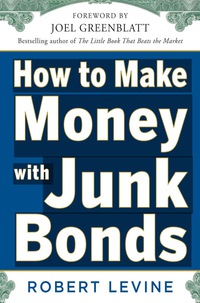Question
This problem tries to calculate at-the-money option prices at time 0 in two-time-step binomial. At time 0, the price of the stock is $100. For
This problem tries to calculate at-the-money option prices at time 0 in two-time-step binomial. At time 0, the price of the stock is $100. For each time step, the stock can only do two of the following: either go up by 50% or go down by 20%. That is, at time 1, the stock price can be either $150 or $80 only. Likewise, from time 1 to time 2, the stock would either go up by $50% again or go down by $20%. However, there is a special dividend of $20 paid out at the beginning of time step 2. For any option exercised at time 2, the underlying stock price is referenced after this dividend is paid out (ex-dividend price). That is, if you exercise the option at time step 2, you are not entitled to the dividend. Risk-free rate is 0 for each time step, so that the price of a unit bond remains always $1 regardless of the time. Choose closest answers on questions below. To be clear, European Options can only be exercised at time step 2, after the dividend is paid out to the owners of the stock. American Options can be exercised at time step 1 if optimal. There is no dividend payout at time step 1.
The Delta of at-the-money American put option (Strike Price = $100)
|
| -4/7 |
|
| 5/7 |
|
| 3/7 |
|
| 4/7 |
|
| -3/7 |
|
| -2/7 |
|
| 2/7 |
The price of at-the-money American put option (Strike Price = $100)
|
| 100/7 |
|
| 60/7 |
|
| 250/7 |
|
| 150/7 |
|
| 200/7 |
|
| 40/7 |
Step by Step Solution
There are 3 Steps involved in it
Step: 1

Get Instant Access to Expert-Tailored Solutions
See step-by-step solutions with expert insights and AI powered tools for academic success
Step: 2

Step: 3

Ace Your Homework with AI
Get the answers you need in no time with our AI-driven, step-by-step assistance
Get Started


